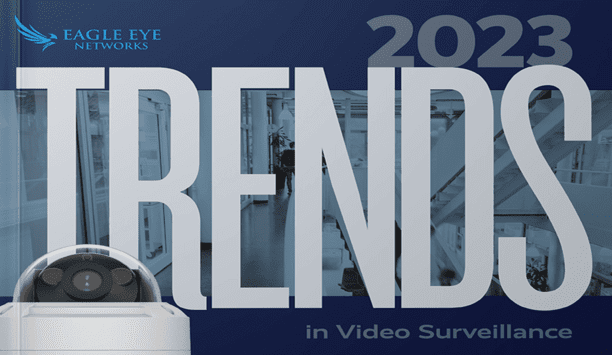Over the last two decades, there has been a general trend towards the standardisation of machine vision interfaces. Not long ago, engineers were required to purchase unique and expensive cables for every camera-to-frame grabber combination, or even camera to PC interface. In some cases, different cameras from the same manufacturer required an entirely different set of cables, resulting in costly upgrades and unsatisfied customers.
Camera Link HS interface
Standardisation has changed that, making life easier for engineers and manufacturers alike. Camera Link became a universally accepted interface in 2001 and is still going strong. CoaXPress (2011), USB3 (2013), GigE Vision (2006) and Camera Link HS (2012) are also now universally accepted interfaces for machine vision solutions. Others such as Firewire have been in the market since the 80's but are being replaced by newer interfaces. Thunderbolt, an Apple technology, is still on the periphery and not as widely developed or accepted into the market.
Nowhere has standardisation been more keenly observed than in frame grabbers. Along with cameras and cables, frame grabbers are essential components in most high-end machine vision systems. Frame grabbers are essential for these high-end applications as the data rates exceed anything that can be provided by a non-frame-grabber solution. They are also required when complex I/O signals are introduced into the vision system. Examples of these are quadrature encoders, strobes and triggers of various types.
BitFlow specifies factors to be taken into consideration while selecting frame grabber for machine vision applications
31 May 2017






